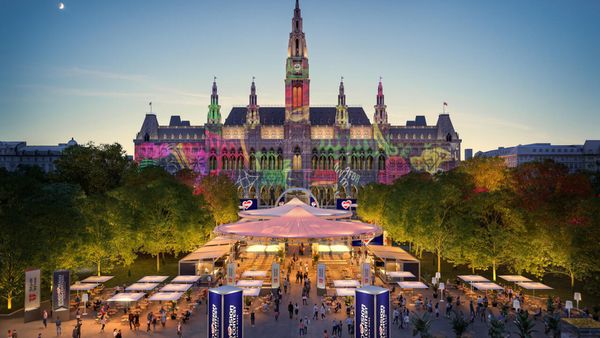Over in Europe and Asia, electric bicycles and other light electric mobility devices have exploded from niche to mainstream. Cities like Amsterdam, Paris, and Berlin have reimagined their streets around two-wheelers, which have been helped along by car bans, clean air initiatives, and a cultural shift toward sustainable mobility. Commuters love them. Delivery riders swear by them.
Heck, even weekend warriors are leaving their tight-fitting Lycra costumes behind for sensible pedal-assist convenience.
What makes e-bikes so hot right now? Well, first and foremost, it’s practicality. They’re fast, cheap to run, and skip traffic like a dream. But they’ve still got one persistent drawback: charging. Enter Yamaha and its quietly revolutionary new solution—or so it hopes to be.
Dubbed Enyring, the new tech was launched as a separate Berlin-based company and serves as Yamaha’s new battery-swapping venture for e-bikes. Instead of plugging in and waiting hours for a full charge, riders simply roll up to a swap station, trade their drained battery for a fresh one, and get back on the road. The whole thing takes less than 20 seconds.
And here’s where things get interesting. You see, it isn’t all just about convenience. It’s about scalability. Enyring plans to roll out 40 stations in Berlin and 20 in Amsterdam by mid-2025, with each one spaced within a two-kilometer (around 1.2 miles) radius for maximum accessibility. The batteries themselves? Standardized 480Wh, 48V packs compatible across Enyring e-bikes. And with Swobbee (one of Europe’s top battery infrastructure players) handling the backend, this thing is built on solid ground.
But here’s what makes this story even more intriguing: Yamaha pulled out of the US e-bike market not too long ago. Officially, the move was due to shifting priorities and restructuring. Unofficially? It might have been a strategic pause to regroup. Because now, with Enyring, Yamaha has a much more compelling value proposition—a full-stack solution, not just bikes, but energy infrastructure to go with them.

Could Enyring be Yamaha’s ticket back into the States? Possibly. While Europe is clearly the testbed, the US is starting to catch up in terms of micromobility. Cities like New York, Portland, and San Francisco are investing in bike lanes and low-emission zones. E-bike sales are climbing. And people are actively looking for car alternatives that are both clean and convenient.
If Yamaha sees strong uptake in Europe and the right urban partnerships in the US, a return seems not just plausible, but inevitable. Especially if they can prove Enyring works for fleet operators, delivery services, and everyday riders alike.

In the meantime, Yamaha’s keeping it quiet. No bold claims. No flashy launches. Just a quietly ambitious rollout that might end up reshaping urban mobility. Not just in Berlin or Amsterdam—but maybe, if we ask nicely, in the US and other parts of the globe, too.
Because when you combine rock-solid brand trust with plug-and-play energy infrastructure, you’re not just selling bikes anymore. You’re building a platform with massive potential.







